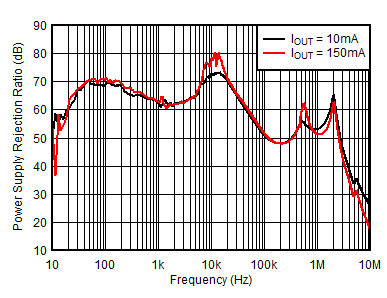SBVS292C July 2016 – June 2018
PRODUCTION DATA.
- 1 Features
- 2 Applications
- 3 Description
- 4 Revision History
- 5 Pin Configuration and Functions
- 6 Specifications
- 7 Detailed Description
- 8 Application and Implementation
- 9 Power Supply Recommendations
- 10Layout
- 11Device and Documentation Support
- 12Mechanical, Packaging, and Orderable Information
Package Options
Mechanical Data (Package|Pins)
- DDC|5
Thermal pad, mechanical data (Package|Pins)
Orderable Information
6.6 Typical Characteristics
at TJ = –40°C to +125°C, VIN = VOUT(TYP) + 0.5 V or 2 V (whichever is greater), IOUT = 10 mA, VEN = VIN, CIN = 1 µF, and COUT = 1 µF (unless otherwise noted); typical values are at TJ = 25°C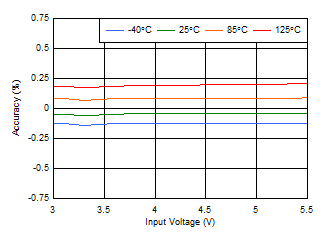
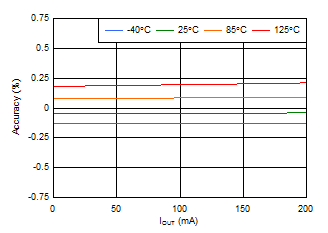
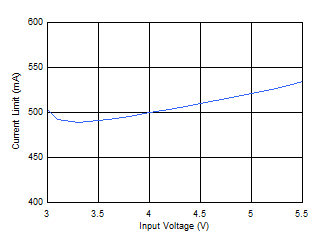
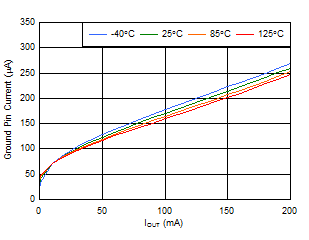
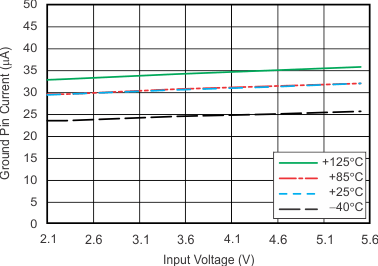
| IOUT = 0 mA |
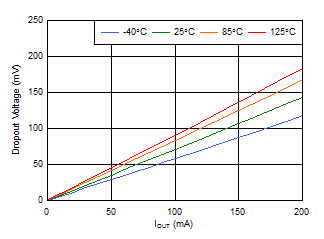
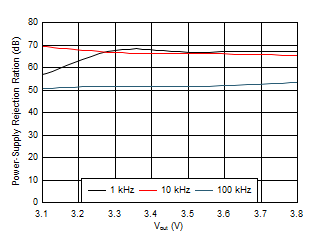
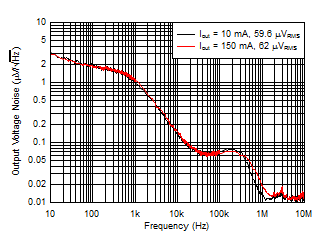
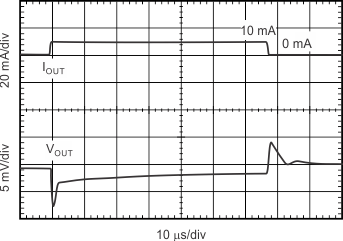
| tR = tF = 1 µs, VIN = 2.3 V |
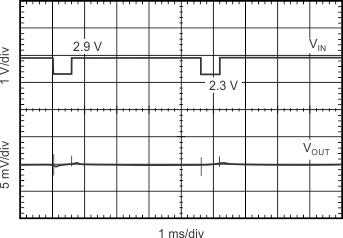
| Slew rate = 1 V/µs, IOUT = 200 mA |
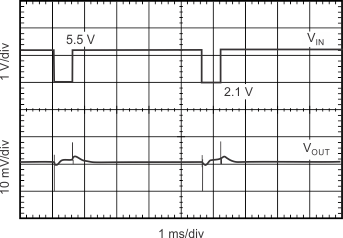
| Slew rate = 1 V/µs, IOUT = 200 mA |
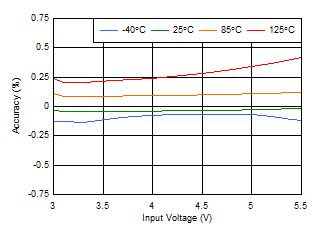
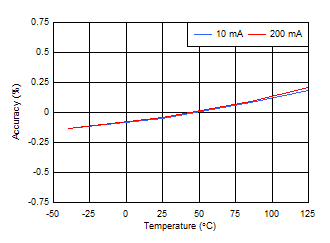
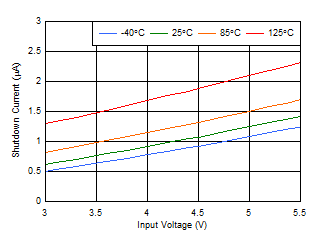
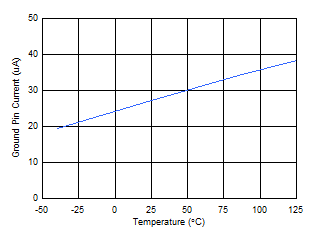
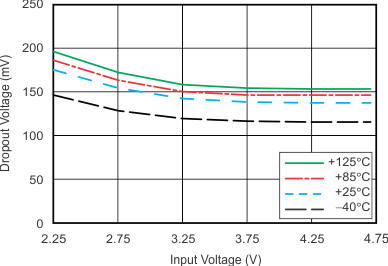
| IOUT = 200 mA |
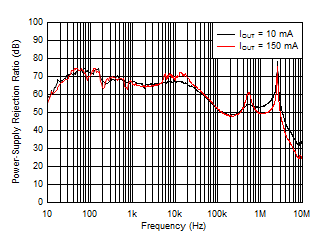
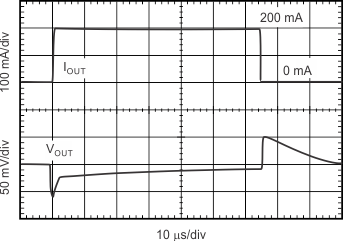
| tR = tF = 1 µs, VIN = 2.1 V |
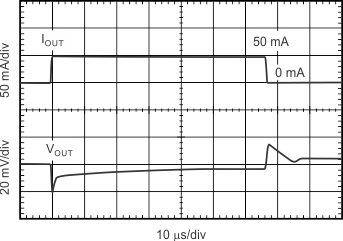
| tR = tF = 1 µs, VIN = 2.3 V |
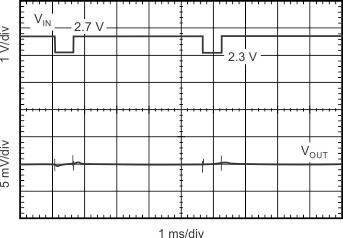
| Slew rate = 1 V/µs, IOUT = 200 mA |
